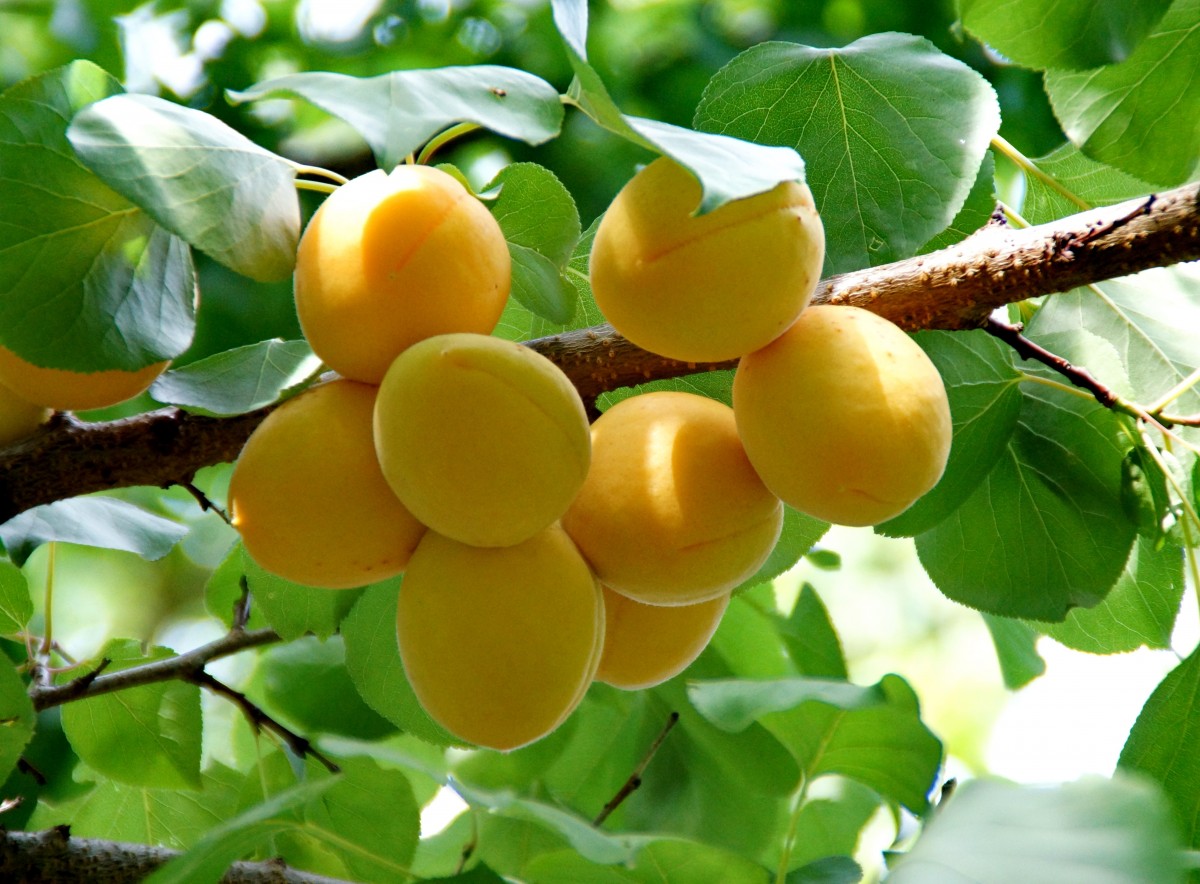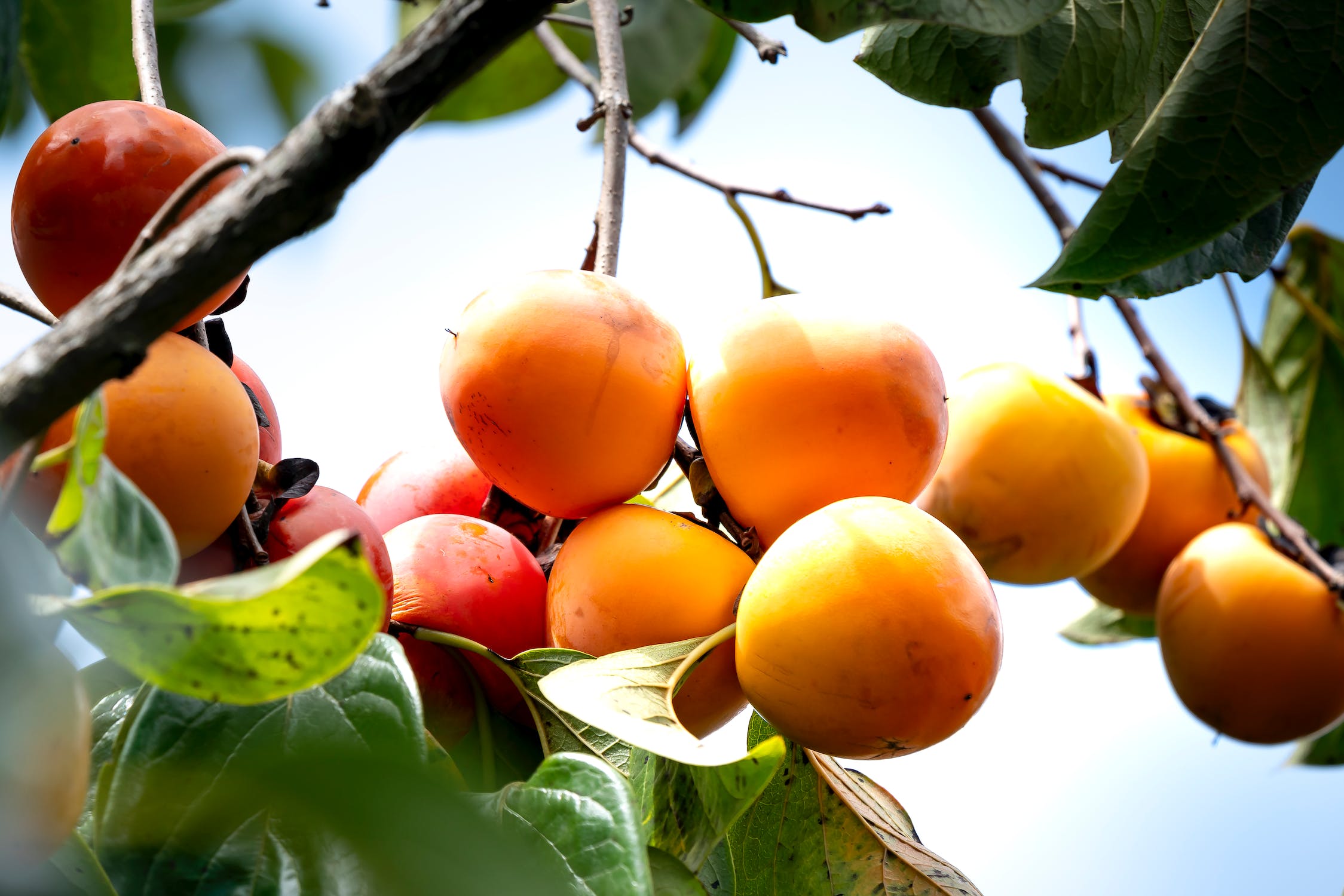
Apricot Growing Zone: Tips for Growing Apricot Trees in Your Garden
Apricot trees are a delightful addition to any garden, providing not only delicious fruit but also a beautiful aesthetic appeal. However, it’s important to consider the appropriate growing zone for apricots to ensure their successful growth. In this blog post, we will discuss everything you need to know about the apricot growing zone and provide valuable tips for growing apricot trees in your garden.
Understanding Apricot Growing Zones
Apricots thrive in specific growing zones that provide the ideal climate for their development. The United States Department of Agriculture (USDA) has divided the country into various hardiness zones based on average minimum winter temperatures. These zones serve as guidelines for gardeners to determine which plants and trees are well-suited for their area.
In terms of the apricot growing zone, apricot trees generally thrive in USDA zones 5 to 8. These zones cover a broad range of regions, including parts of the Midwest, Northeast, and West Coast. However, it’s essential to remember that specific microclimates within these zones can influence apricot tree growth and overall fruit production.
Factors to Consider
When planning to grow apricot trees in your garden, several crucial factors should be taken into account. These factors can significantly impact the success of your apricot tree’s growth and fruit yield:
-
Temperature: Apricots require a certain number of chilling hours during winter to break their dormancy and promote healthy flowering and fruiting. Different apricot cultivars have varying chilling requirements, typically ranging from 300 to 1,000 hours below 45°F (7°C). Ensure the average winter temperature in your area aligns with your chosen apricot variety’s needs.
-
Sunlight: Apricot trees thrive in full sun, receiving at least six to eight hours of sunlight daily. Ensure your garden provides ample sunlight, as it directly influences the tree’s overall health and fruit production.
-
Soil: Apricot trees prefer well-draining soil with a slightly acidic to neutral pH level (around 6.0 to 7.5). Conduct a soil test to assess the pH level and nutrient content of your garden soil. If necessary, amend the soil with organic matter like compost, peat moss, or well-rotted manure to improve its fertility and drainage.
-
Pollination: Most apricot varieties are self-fertile, meaning they can produce fruit without cross-pollination from another apricot tree. However, planting multiple apricot cultivars can increase pollination and enhance fruit yields. Be sure to choose compatible cultivars for optimal cross-pollination.
Tips for Growing Apricot Trees
Successfully growing apricot trees in your garden requires careful attention and proper care. Here are some valuable tips to ensure your apricot trees thrive:
-
Choose the right apricot cultivar: Select apricot varieties that are well-suited to your specific growing zone. Consult local nurseries or agricultural extensions to determine the best options for your area.
-
Plant at the right time: Plant apricot trees in early spring when the soil is workable and frost danger has passed. This will allow the tree to establish its roots before the summer heat arrives.
-
Provide proper spacing: Apricot trees require adequate space, typically 15 to 20 feet apart, to allow for proper air circulation and sunlight penetration.
-
Water adequately: Apricot trees need regular watering, especially during dry spells and fruit development. Aim for deep, infrequent waterings to encourage deep root growth. Avoid overwatering, as it can lead to root rot and other diseases.
-
Prune regularly: Pruning apricot trees helps maintain their shape, promotes airflow, and reduces the risk of disease. Prune during late winter or early spring before new growth appears.
-
Protect against pests and diseases: Monitor your apricot trees regularly for signs of pests such as aphids, borers, and mites. Additionally, be on the lookout for diseases such as brown rot and powdery mildew. Take appropriate measures, including using organic insecticides and fungicides, to protect your trees.
By following these tips and considering the apricot growing zone specific to your area, you can enjoy the beauty and bounty of apricot trees in your garden. Remember, apricot tree care is an ongoing process that requires dedication, but the rewards are well worth the effort. Happy gardening!
Keep Reading

The Importance of Watering Oaks: Tips for a Healthy Garden
Discover why watering your garden's oak trees is crucial for their health and longevity, and get expert tips on the best watering practices.

Creating a Beautiful Garden with Fuyu Persimmon Trees in the Right Growing Zone
Gardens are not just a source of beauty, but also a haven for nature lovers. One way to enhance the charm of your garden is by incorporating Fuyu persimmon trees.